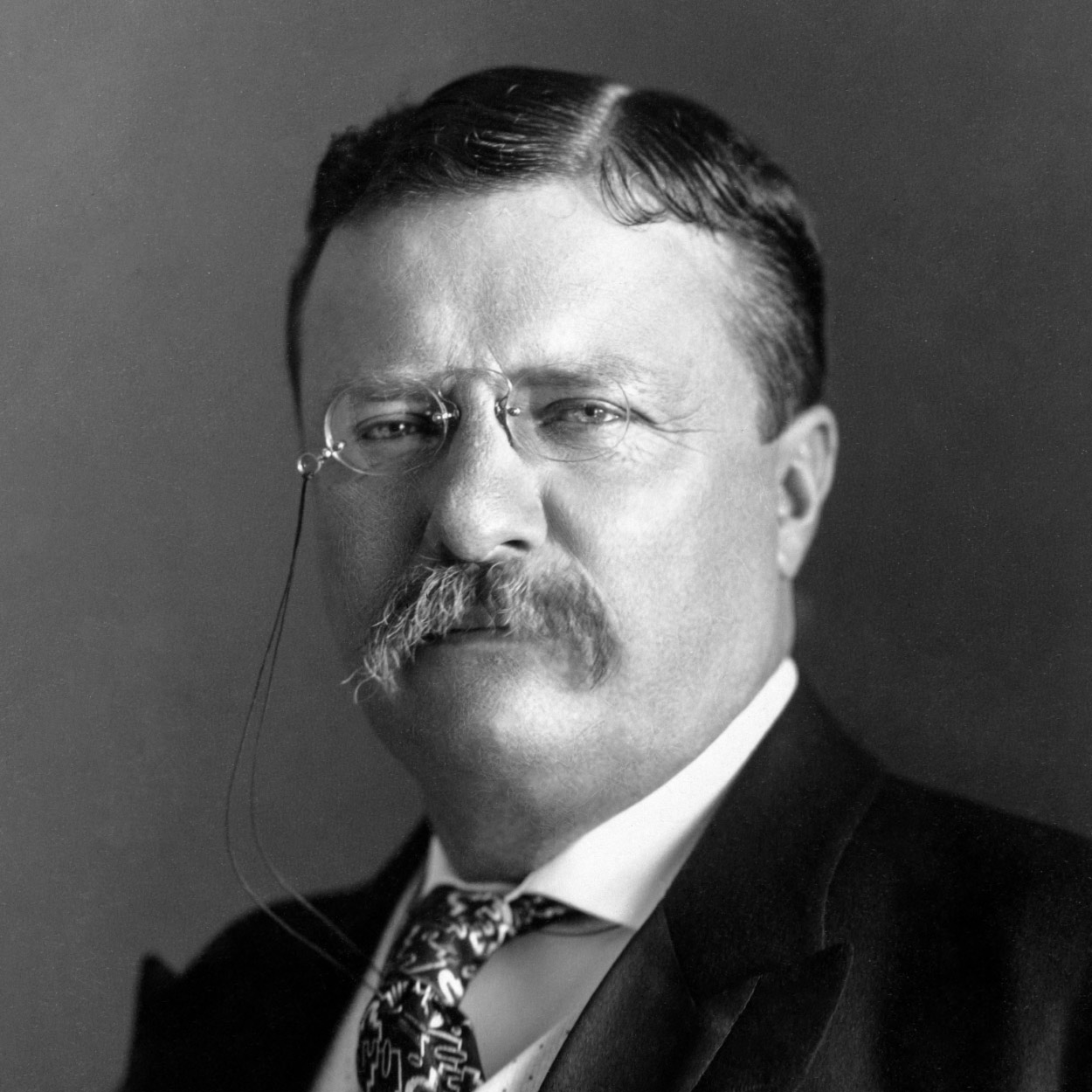|
|
Post by Marshall on Jun 21, 2024 22:36:42 GMT -5
And the patient lives !
I have 3 guitars with Goaa pickups in them now. I'm getting relatively adept at getting the things in. But this was not about that. Not directly, anyway. You see the first guitar I installed one in is my old 1957 Gibson J50. And the problem with that guitar is it has a replacement bridge; quite perfectly matched to the original. But when Peter Flynn did the work 23 years ago he made a shallow saddle slot. There was a bone saddle and it barely nested in the bridge. The slot was shallow. But with a bone saddle it was fine.
Along comes my Goaa adventure. With that, the saddle IS the pickup. There's some adjustability in height and shape, but not a lot. When I got the final saddle/pickup from Paul McGill he said the dimensions I gave him for the saddle were about the absolute minimum dimensions he could make. I installed it. It worked fine.
. . . , But,
I've been uncomfortable with the action at the 12th fret. Not awful. But not optimal. Kinda annoying. I tried tweaking the truss rod, but really the saddle is too high for that to be effective. . . So, . . . , I adventured to rout out the saddle slot deeper.
I studied StewMac videos. And I decided to pop for their fancy-schmancy saddle slot cutting rig. I already have a Dremel. And tonight I went into surgery and put the whole apparatus together and in operation.
And, Voila ! It worked pretty well. Marty and Terry would shake their heads at the less-than-perfect edge of the new cut. But it's pretty damned good to my amateur eyes. And more importantly, when I put the guitar back together and string it up, the action is just what I'm looking for. Feels great. And I re-hooked up the saddle pickup and ran it through my pedal with headphones and this is the same great sound I was getting before.
**Phew** That worked out as well as I could hope for.
Hurrah !
|
|
|
|
Post by John B on Jun 21, 2024 23:14:02 GMT -5
You should see my collection of bridges I made, perfect "but for" janky saddle slots.
Congratulations on not F-ing up!
|
|
|
|
Post by Marshall on Jun 22, 2024 7:58:01 GMT -5
And here's a strange thing. If you order from StewMac they want you to join their preferred club to get free shipping. Annual subscription. I don't like annual subscriptions. They eat away at your soul.
But if you go on Amazon and search for these things, You can find many of the StewMac things for sale by an Amazon preferred provider (StewMac) for a couple bucks cheaper and free shipping (from StewMac).
It's a crazy mixed up world.
|
|
Tamarack
Administrator
Ancient Citizen
Posts: 9,557
|
Post by Tamarack on Jun 22, 2024 8:41:30 GMT -5
You are a courageous man to approach a vintage guitar with a Dremel tool.
|
|
|
|
Post by Marty on Jun 22, 2024 9:07:42 GMT -5
All you need is the StewMac Spiral bit for the Dremel, straight cut mini router bits are the wrong tool. It's a reverse twist cut and doesn't chip out the top of the cut, they also don't heat up as easily and burn like straight bits.
I have quite a few Dremel's because I like to keep each one setup for a certain job and the one for my slotting jig always has a 1/8"or 3/32" bit in it. I do have a Dremel with a basic router base on it for whatever jobs need to be done freehand like installing a battery box into a acoustic. Here I would use the spiral-cut bit because it cuts downward and if there is a chip out it will be on the inside where it can't be seen.
|
|
|
|
Post by TKennedy on Jun 22, 2024 9:50:12 GMT -5
Gutsy move but congratulations!! I still get a little nervous routing or deepening a saddle slot with the bridge on the guitar. You gotta be focused. Next time use a spiral downcut bit like Marty said.
One nice thing is with Ebony or darker Rosewood if you screw up you can fill it with matching wood and re-rout and the repair will be hard to see.
Oh and just for the record the truss rod is for adjusting relief not action. Lowered action is a side effect of tightening it for less relief. My sequence for setup which I learned form Marty is always set the relief where you want it FIRST with the truss rod, then set the nut slot depth by fretting at the third and looking at the clearance at the first, then finally adjusting the height of the saddle for action at the 12th. lastly, intonate the saddle if necessary.
|
|
|
|
Post by epaul on Jun 22, 2024 12:13:24 GMT -5
Have you thought about hanging out a sign, "Marshall's Guitar Repair and Restore". A little fun and cash on the side deal?
|
|
|
|
Post by Marshall on Jun 22, 2024 13:18:31 GMT -5
You are a courageous man to approach a vintage guitar with a Dremel tool. "Courageous" is one way to put it. This guitar has had so much done to it over the decades that it is not collectable by any measure, other than it's a damn good guitar. There's a new bridge. There's at least one new X-brace. The top is glued together with filler in a few select places. I replaced the tuners (with proper Kluson Deluxes). Then, of course, I sun-burst the edge a little. So, it's not at all collectable. I took it to a vintage guitar show once considering selling it, and the vintage dealers wouldn't touch it. They wouldn't even give me a low ball offer. That was before I burst it. Now I had a little boo-boo when working with the dremel rig. I lowered the bit too much at first, so the corner of the slot (not below a string) is deeper than the rest of the slot. But the Goaa saddle is stiff and can bridge over small non-uniformities. The slot is 3" long anyway. Plus there are 3 holes through the slot. 2 for the Goaa cables. And an old one for a UST that once lived in this guitar. I just played it again this afternoon. I am doing a solo in church tomorrow and I'll bring this guitar for the performance. Plus there are a couple open mics I expect to attend this week. I think this guitar will work well for all of them. I'm a happy camper today. |
|
|
|
Post by Marshall on Jun 23, 2024 7:36:12 GMT -5
Here's the video and the rig I bought
|
|
|
|
Post by Marty on Jun 23, 2024 8:58:13 GMT -5
I have made probably 5-6 wooden saddle slot jigs over the years but back in the 90s when I finally designed one that just plain worked like I wanted I bought some very expensive 1/2" thick plex-glas and made one from that. That's the one I still use even though I did have one of the StewMac ones. Mine is a little more fussy to adjust but I'm used to it so no big deal. But it is also twice as ridged as the StewMac one, no flex.
The StewMac jig works and will damn well do the job but is just a bit flimsy due to using thinner materials. The biggest downside is the cost compared to making one. Plex is nice but birch plywood will do.
|
|
|
|
Post by Marshall on Jun 23, 2024 13:26:12 GMT -5
Yeah, it was spendy. I thought of making one myself out of mostly Masonite. But I opted to bite the bullet. Either that or find a luthier to do it. But playing with the Goaa pickup is not friendly for a first timer. It was risky, but seemed to work out well enough.
|
|
|
|
Post by John B on Jun 23, 2024 17:08:59 GMT -5
At guitar school, we had a number of jigs that were copies of the Stewmac jigs. There was a guy in Mesa who sold them; unfortunately, they weren't exactly Stewmac quality. Cheaper/thinner plexiglass and the screws and stuff didn't hold as well. On the two outer bridges the jig slipped and the bit went through the bottom. The middle one... changes angles mid-way through the route. Marty will recognize the bridge shape.  |
|
|
|
Post by millring on Jun 23, 2024 18:12:13 GMT -5
|
|
|
|
Post by John B on Jun 23, 2024 18:16:13 GMT -5
OK, so maybe John will recognize the shape, too.
|
|
|
|
Post by Marty on Jun 23, 2024 19:05:20 GMT -5
There are a few bridges I've made so many of that I made a plex template for the shaping on the router table, the Harmony being one and several for Gibson bridges. The bridge on Millring's 1260 is of Panama or Yucatan rosewood, Dalbergia tucurensis. It has a nice weight and good grain character. It was pretty light colored when I made the bridge thinking it would darken when aged a bit. It has and now the grain colors are more distinct.
Terry showed me a jig for getting bridge pin holes spaced evenly and perfectly in line. It uses spacer blocks to get the spacing and I've made quite a few different sets. Take the time to get the spacers correct and you can have any pin spacing you want from then on. Center the bridge in the jig on the drill press. Drill the first hole, add a spacer, drill the next, add a spacer and so on.
|
|
|
|
Post by TKennedy on Jun 23, 2024 19:18:39 GMT -5
That jig was designed by Tony Karol a Toronto luthier and is brilliant. With a thickness sander and digital calipers you can make spacer blocks within a few thousands of accuracy. I really like having pin holes parallel to the saddle slot and it’s easy to do with this jig.  |
|
|
|
Post by Marty on Jun 23, 2024 19:30:42 GMT -5
I have my spacer sets marked for spacing due to needing so many different sets. But otherwise my setup is pretty much the same as Terry's. Dead simple and very accurate. The spacers are made from one piece of birch plywood stock and once to size then cut into lengths.
|
|
|
|
Post by millring on Jun 23, 2024 19:51:42 GMT -5
It has and now the grain colors are more distinct. Every time I open the case I'm amazed at how beautiful that guitar is. You did an amazing job of restoring it. You'd never know from looking at it today how far gone it was before you got your skilled hands on it. |
|
|
|
Post by david on Jun 23, 2024 20:06:16 GMT -5
One nice thing is with Ebony or darker Rosewood if you screw up you can fill it with matching wood and re-rout and the repair will be hard to see. Acknowledging mistakes and knowing how to correct them - the mark of a pro. |
|
|
|
Post by Village Idiot on Jun 23, 2024 20:22:44 GMT -5
I have no idea what you guys are talking about. This is what I depend on Marty and Tamarack for. 100% of the time I don't' realize there is a problem until it's pointed out to me.
|
|








